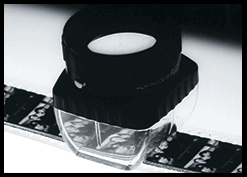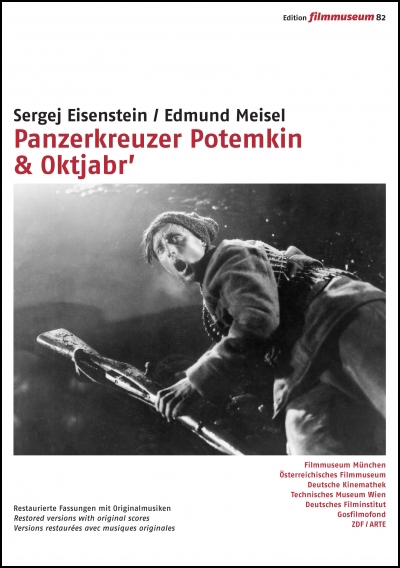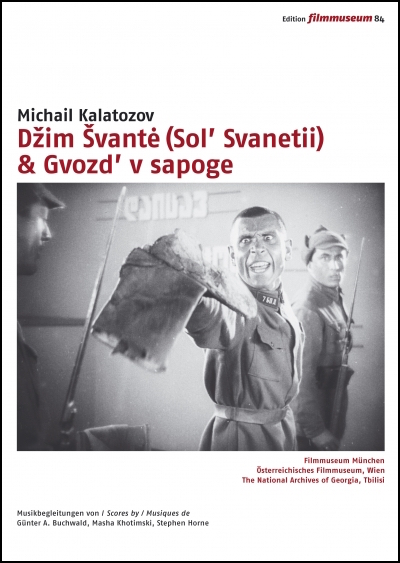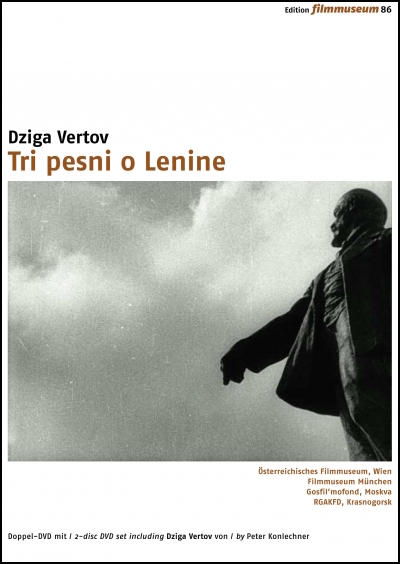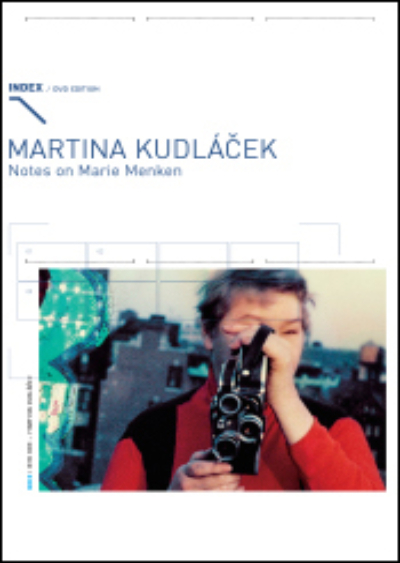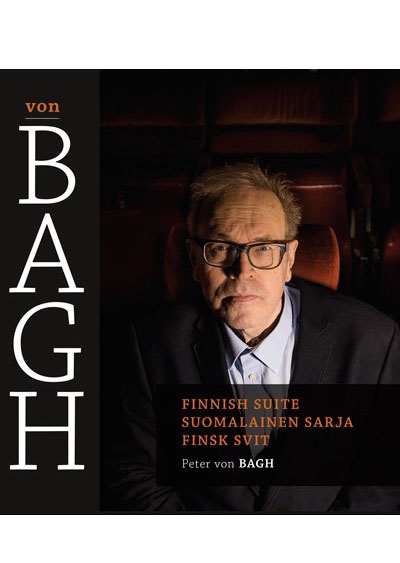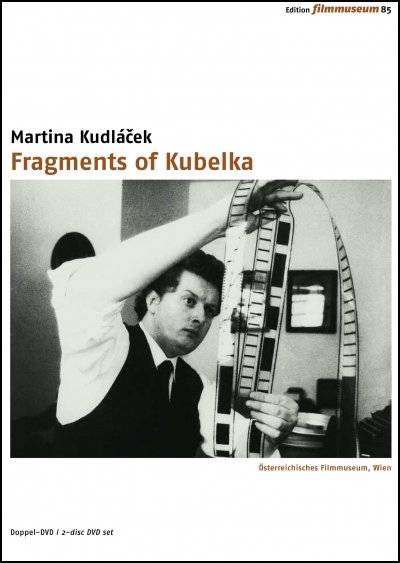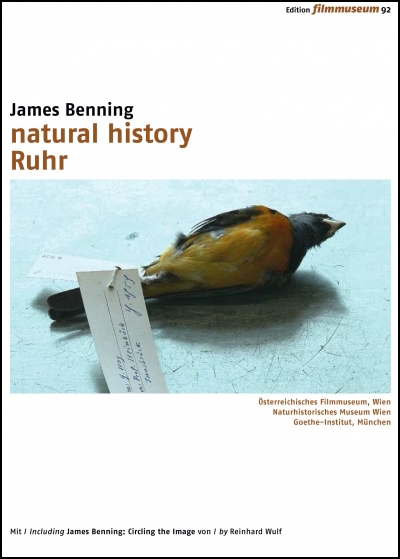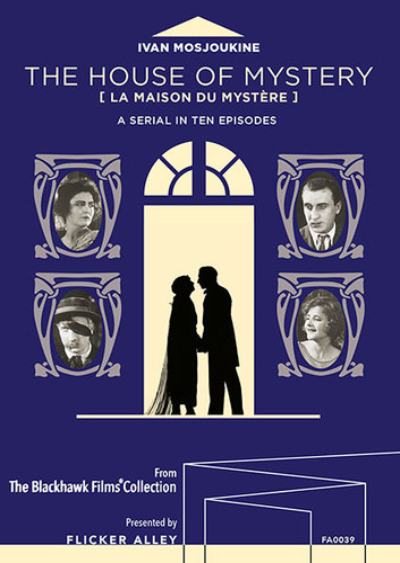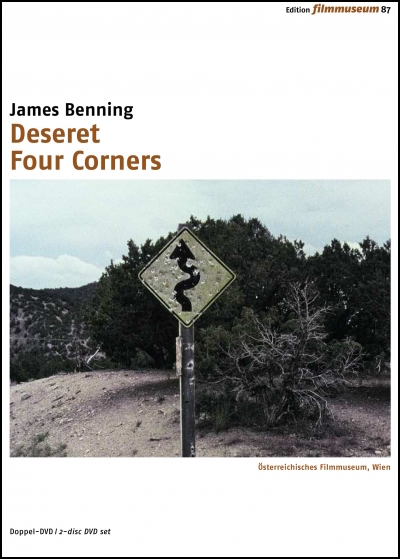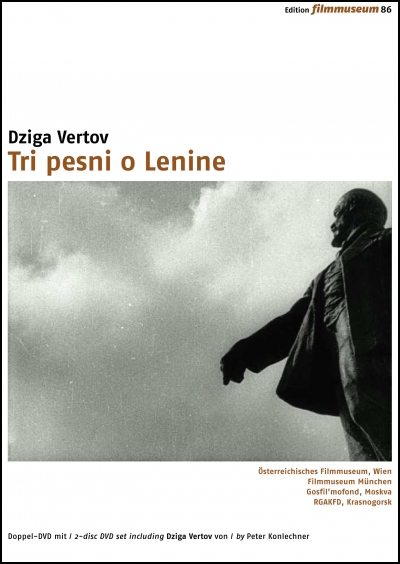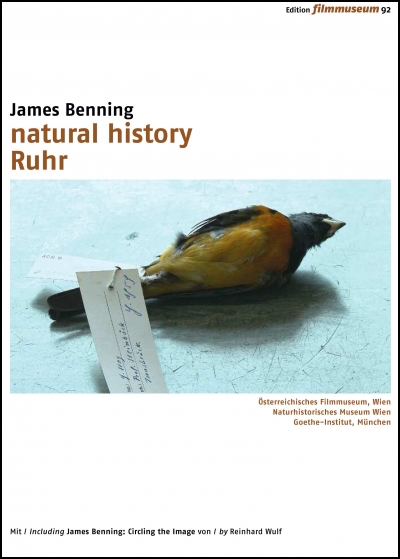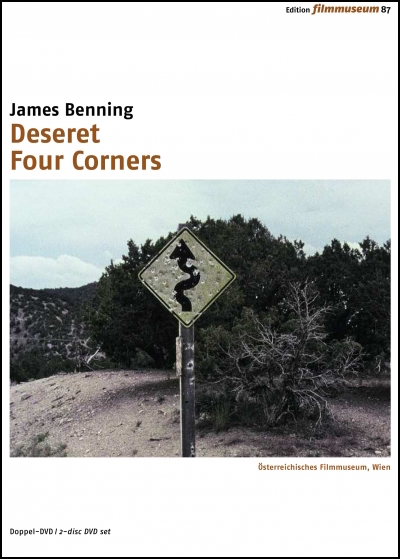DVD Distribution – Fall 2015 Releases
/"The superb dedication of such entities as the Criterion Collection, Milestone Films, and Gartenberg Media Enterprises, to name key players, are making possible access to a wealth of cinematic history, ephemera, and value-added materials."
– B. Ruby Rich, Film Quarterly Winter 2013
With the fall academic season now underway, Gartenberg Media Enterprises (GME) is pleased to present a new slate of DVD titles for distribution to the North American academic community. These publications, selected from film archives and boutique presses worldwide, represent an entire century of cinematic history, ranging from silent classics to contemporary experimental narrative films.
◊
Expanding GME’s extensive focus on silent German cinema (especially of the 1920’s), GME features two seminal productions, Walter Ruttmann’s BERLIN, DIE SINFONIE DER GROßSTADT and G.W. Pabst’s THE JOYLESS STREET. Both of these DVD editions are published by Edition Filmmuseum, Munich.
The symphonic documentary BERLIN, DIE SINFONIE DER GROßSTADT is one of the most famous City Symphony films; the travelogue MELODIE DER WELT became the first German sound feature film. The 2-disc DVD set of BERLIN, DIE SINFONIE DER GROßSTADT & MELODIE DER WELT combines for the first time all surviving works by Walther Ruttmann from 1920-1931 in newly restored and reconstructed versions, often with original scores.
Contemporary film critics, as well as film historians have always recognized THE JOYLESS STREET as a seminal film on the border between German Expressionism and Neue Sachlichkeit (new realism). It is also the only silent film that brings together two of the movies’ greatest luminaries: Asta Nielsen, the European icon of the the Teens, and Greta Garbo, who at the end of the 1920s would become the undisputed reigning star of the American cinema. It is also one of the most spectacular censorship cases of the era. While the film made its director famous, the state institutions of control guaranteed that no one would ever see the film in its original form. This DVD edition represents the most recent restoration effort.
◊
For the fall academic season, GME offers surveys of experimental narratives and avant-garde shorts from three countries – the United States, Great Britain, and Germany.
MASTERWORKS OF AMERICAN AVANT-GARDE EXPERIMENTAL FILM 1920-1970 is a DVD compilation (published by Flicker Alley), which provides a panoramic overview of the diversity of avant-garde filmmaking in the United States. A wide range of genres are represented – including city symphonies and diary films, as well as abstract studies and animation. Featuring 3 dozen films that date from 1920 to 1970, these avant-garde masterworks include works by artists Charles Sheeler & Paul Strand, Dudley Murphy & Fernand Léger, Robert Florey & Slavko Vorkapich, J.S. Watson, Jr. & Melville Webber, Mary Ellen Bute & Ted Nameth, Maya Deren & Alexander Hammid, Ian Hugo & Anaïs Nin, Ralph Steiner, Jay Leyda, Oskar Fischinger, Joseph Cornell, Rudy Burckhardt, Francis Lee, Helen Levitt, James Broughton, Kenneth Anger, Jim Davis, Hy Hirsh, Marie Menken, Francis Thompson, Hilary Harris, Bruce Baillie, Owen Land, Jonas Mekas, and Larry Jordan, and others.
The 1960s and 1970s were groundbreaking decades in which independent filmmakers challenged cinematic convention. In England, much of the innovation took place at the London Film-Makers’ Cooperative, an artist-led organization that incorporated a distribution agency, cinema space and film workshop. SHOOT SHOOT SHOOT takes its name from a telegram addressed to Jonas Mekas and the New York Coop, announcing the formation of the London Film-Maker's Cooperative in 1966. Within this unique laboratory, filmmakers were able to control every aspect of the creative process, and the physical production of a film – the printing and processing – became vital to its form and content. Many of the films made at the LFMC explored the physical nature of the film material, using production processes that shaped the form and content of the final works. British filmmakers also made significant innovations in the field of ‘expanded cinema’, creating multi-screen projections, film environments and live performance pieces. SHOOT, SHOOT, SHOOT: BRITISH AVANT-GARDE FILM OF THE 1960S & 1970S (published by Re:Voir and Lux) contains key works by artists Guy Sherwin, Malcolm LeGrice, Peter Gidal, Stephen Dwoskin, William Raban, Chris Welsby, Liz Rhodes, and others.
In 1962, the proclamation of the Oberhausen Manfesto marked the beginning of the New German Film, paralleling a larger transformation occurring in French, Italian, Polish and Czech filmmaking of the time. Providing renewal during the period of decline of West German cinema, a younger generation of filmmakers – including Bernhard Dörries, Ferdinand Khitti, Peter Schamoni, Alexander Kluge & Edgar Reitz – presented an acute social conscience about postwar Germany, coupled with experiments in form. This 2-disc DVD set of THE OBERHAUSEN MANIFESTO presents 19 short films from 1958-1964 produced, directed, photographed or edited by one or more of the filmmakers who signed the manifesto.
◊
GME continues to mine DVD editions from the silent American film era, especially the teens. We present here two publications representing work from the then-thriving Essanay Film Manufacturing Company – CHAPLIN’S ESSANAY COMEDIES and SHERLOCK HOLMES. Both editions are published by Flicker Alley.
In late 1914, Charlie Chaplin was paid the then-unprecedented salary of $1,250 per week (with a bonus of $10,000) in exchange for signing a one-year contract with the Essanay Film Manufacturing Company. The resulting 14 films he created for Essanay find Chaplin continuing to add complexities and pathos into his celebrated Little Tramp character. With the release of DVD editions of CHAPLIN’S ESSANAY COMEDIES (together with CHAPLIN AT KEYSTONE and CHAPLIN’S MUTUAL COMEDIES) it is now feasible for the first time, from an academic perspective, to study in depth the first four years (1914 – 1917) of Chaplin’s rise to international fame.
Long considered lost until a complete dupe negative was identified in the vaults of the Cinémathèque Française last year, this William Gillette film is a vital missing link in the history of Sherlock Holmes on screen. By the time SHERLOCK HOLMES was produced at Essanay Studios in 1916, Gillette had been established as the world’s foremost interpreter of Holmes on stage—having played him approximately 1300 times since his 1899 debut.
◊
Peter Emmanuel Goldman is one of the unheralded pioneers of the American independent film movement of the 1960’s, whose work stands in favorable comparison to his contemporaries Shirley Clarke and John Cassavettes. GME is proud to present two of Goldman's seminal works, ECHOES OF SILENCE (1964) and WHEEL OF ASHES (1968), now released for the first time in DVD editions by Re:Voir. ECHOES OF SILENCE captures the wandering existence of youthful protagonists in Greenwich Village; WHEEL OF ASHES portrays the young generation around the period of the 1968 student revolts in Paris, and features Pierre Clementi in the title role.
◊
In order to keep current with recent developments in independent narrative cinema, GME also introduces separate DVD editions of works by two contemporary international filmmakers, Boris Lehman (Belgium) and Nicholas Pareda (Mexico).
In STORY OF MY HAIR: ON THE SHORTNESS OF LIFE (also published by Re:Voir), filmmaker Boris Lehman examines his own head of hair as a journey in space and time, delving into meditations on science, history, and geography. NICOLÁS PEREDA: 6 FILMS presents a DVD edition (published by INTERIOR XIII) of award-winning filmmaker Nicholas Perado, whose works have been exhibited in major fiilm festivals worldwide, including Cannes, Berlin, Venice, Locarno, Rotterdam, Toronto, and San Sebastian. With an observational camera and a minimum of dialogue, Pereda provides a close-up view of Mexican working class society, especially concerning the travails of youth, the bonds of family structures, and tension between the social classes. Most of the films star Gabino Rodríguez, who functions in the narratives as Pereda’s alter ego. More formally, via fractured and elliptical narratives, Pereda exploits the dividing line in cinema between fiction and documentary.

